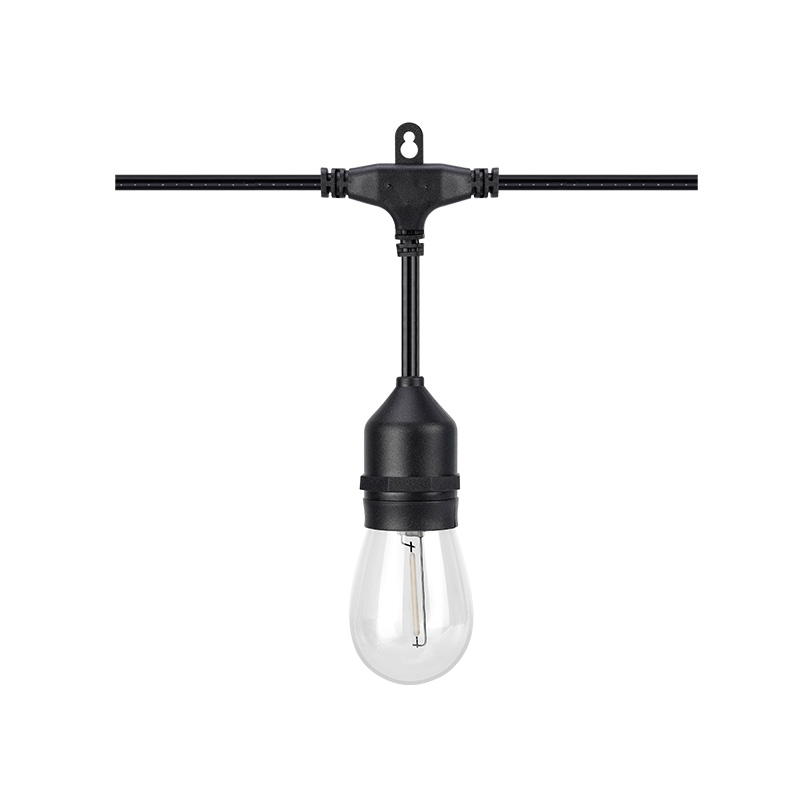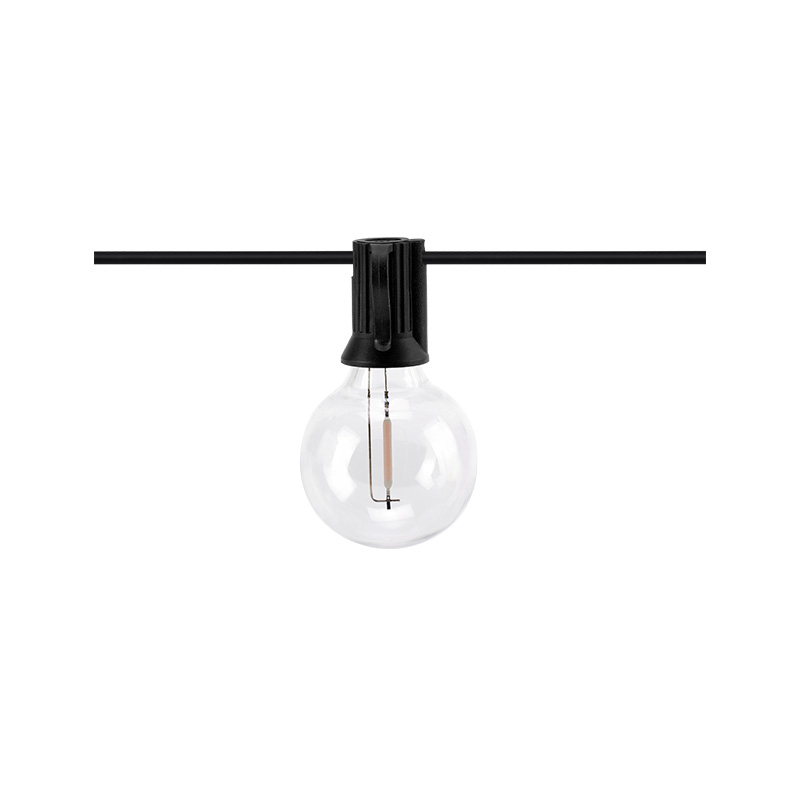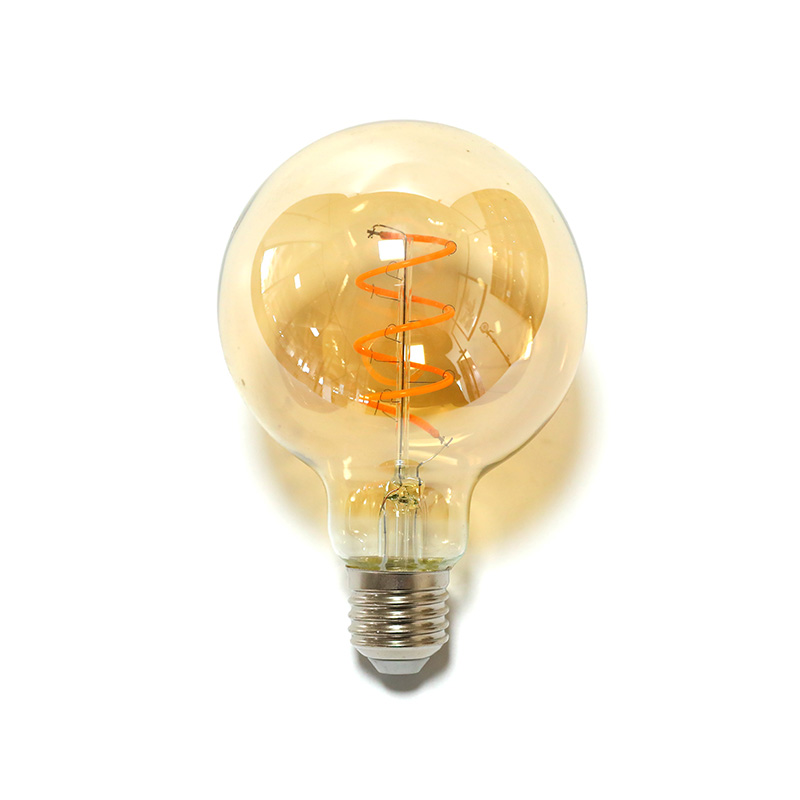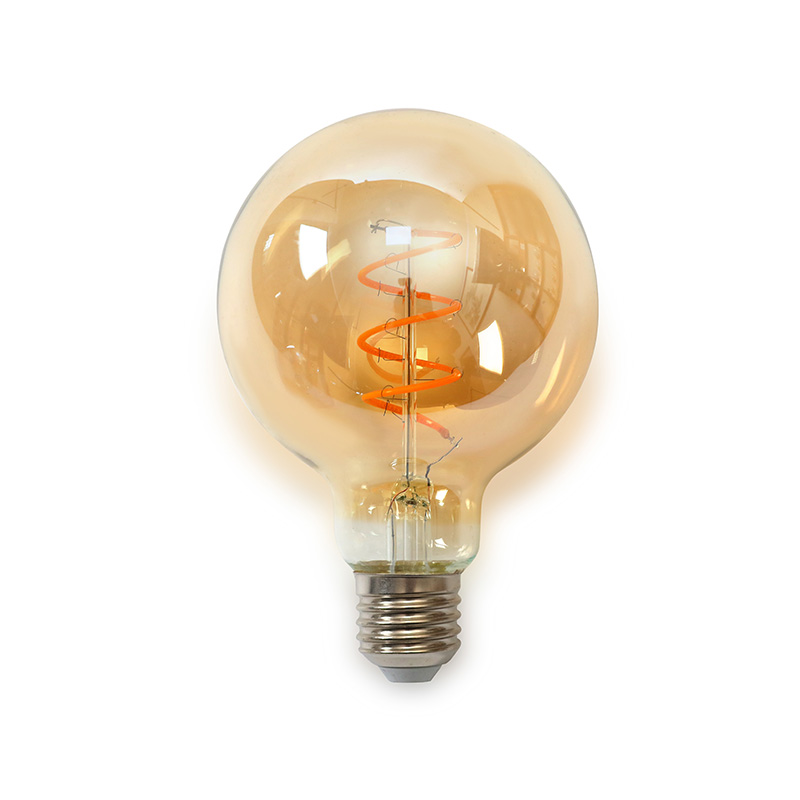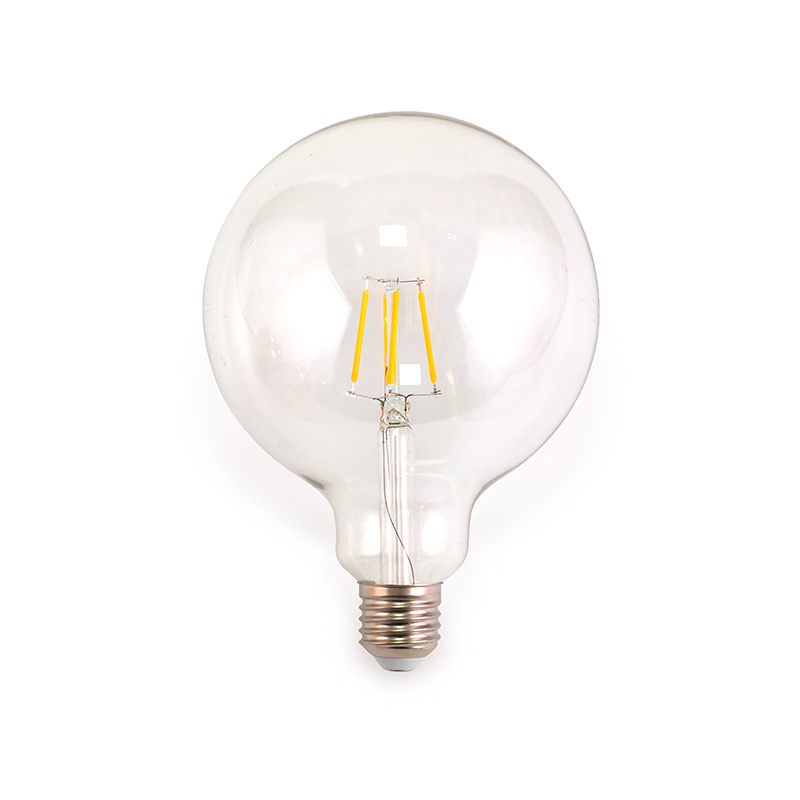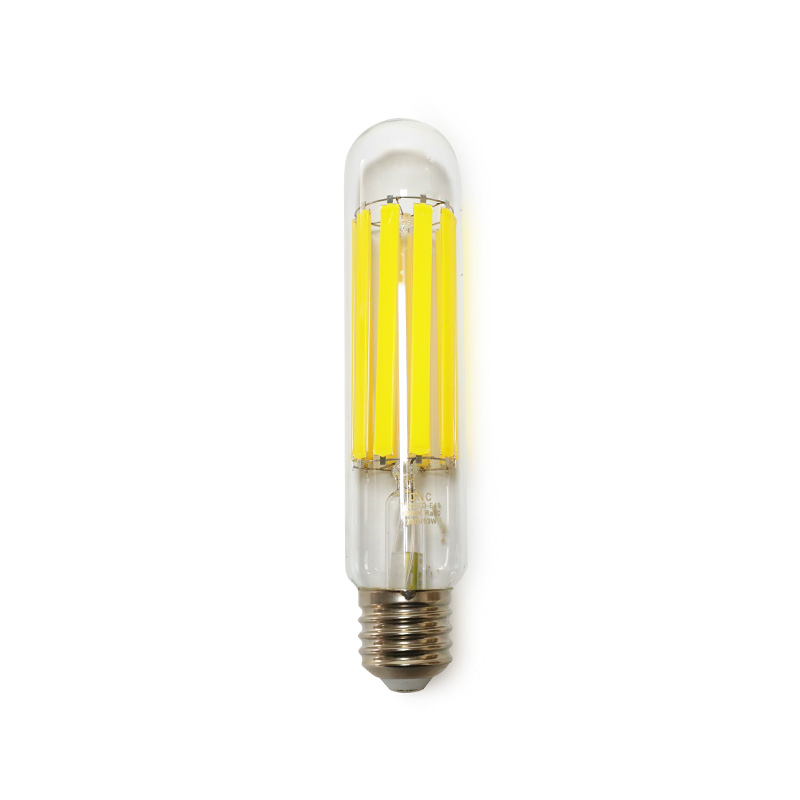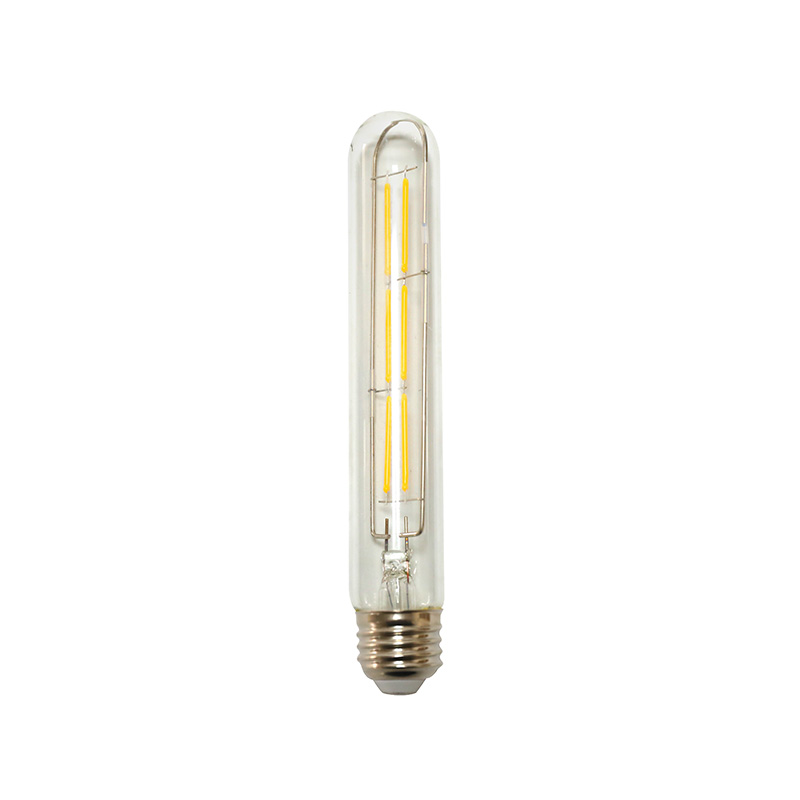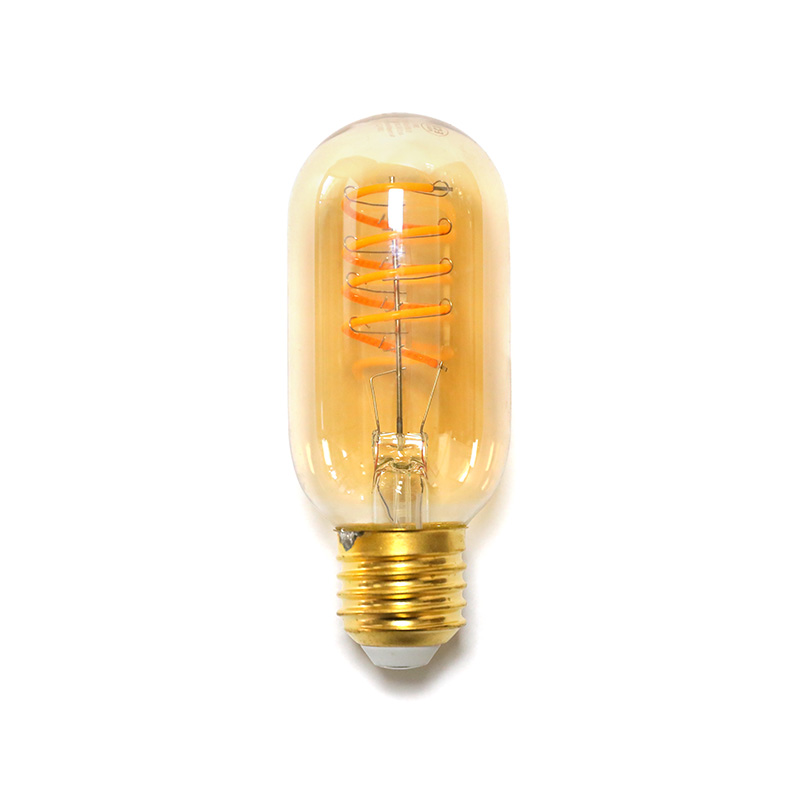Vintage light bulbs have surged in popularity in recent years, offering a nostalgic aesthetic combined with modern functionality. Whether you’re decorating a home, café, or commercial space, these bulbs add warmth and character. This guide explores their history, types, benefits, and practical applications—helping you make informed choices for your lighting needs.
What Are Vintage Light Bulbs?
Vintage light bulbs, also known as Edison or filament bulbs, mimic the early incandescent designs from the late 19th and early 20th centuries. Unlike modern LEDs, they feature visible filaments that emit a soft, warm glow, making them ideal for decorative and ambient lighting.
Key Features:
- Exposed filaments for a retro look
- Warm color temperatures (typically 2000K–2700K)
- Variety of shapes (globe, tubular, spiral, candle-style)
- Dimmable options for adjustable ambiance
Types of Vintage Light Bulbs
Different styles suit various applications. Below is a comparison of common types:
| Type | Best For | Light Output | Average Lifespan |
| Edison Bulbs | Pendant lights, exposed fixtures | Medium (400-800 lumens) | 2,000–3,000 hours |
| Globe Bulbs | Bathroom vanities, chandeliers | High (800-1,200 lumens) | 1,500–2,500 hours |
| Candle Bulbs | Wall sconces, decorative lamps | Low (200-500 lumens) | 1,000–2,000 hours |
| Tubular Bulbs | Industrial-style fixtures | Medium (600-900 lumens) | 2,000–3,500 hours |
Why Choose Vintage Light Bulbs?
1. Aesthetic Appeal
The warm, golden glow of vintage bulbs creates a cozy atmosphere, perfect for:
- Restaurants and cafés
- Living rooms and bedrooms
- Wedding and event decor
2. Energy Efficiency (Modern Options)
While traditional incandescent vintage bulbs consume more energy, many now come in LED versions, offering:
- Lower electricity usage
- Longer lifespan (up to 25,000 hours)
- Same classic look with modern efficiency
3. Versatility in Design
These bulbs work well with various interior styles:
- Industrial – Exposed bulbs with metal fixtures
- Bohemian – Mixed with rattan and wood accents
- Modern Farmhouse – Paired with rustic or minimalist decor

How to Use Vintage Light Bulbs Effectively
1. Pendant Lighting
Hanging bulbs over kitchen islands or dining tables adds a focal point. Use clusters of smaller bulbs for a dramatic effect.
2. Exposed Fixtures
Showcase the filament design with open cages or wire cages for an industrial touch.
3. Mixed Lighting
Combine vintage bulbs with modern fixtures to balance old-world charm and contemporary functionality.
Common Mistakes to Avoid
- Overusing Vintage Bulbs – Too many can make a space feel dim. Balance with brighter task lighting.
- Ignoring Dimmability – Not all vintage-style bulbs are dimmer-compatible; check before purchasing.
- Choosing the Wrong Size – Oversized bulbs can overwhelm small fixtures.
Maintenance and Longevity Tips
- Handle with Care – Filament bulbs are more fragile than LEDs.
- Dust Regularly – Exposed filaments can collect dust, reducing light quality.
- Use Voltage Stabilizers – Fluctuations can shorten lifespan.
Conclusion
Vintage light bulbs offer a unique blend of nostalgia and style, making them a favorite for both residential and commercial spaces. By understanding their types, benefits, and best uses, you can incorporate them effectively into your lighting design. Whether you prefer the authenticity of incandescent bulbs or the efficiency of LED versions, these timeless pieces add warmth and character to any setting.

 English
English русский
русский